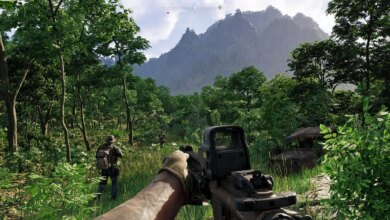Preserving the Past and Eyeing the Future, Atari Charts a Path Forward
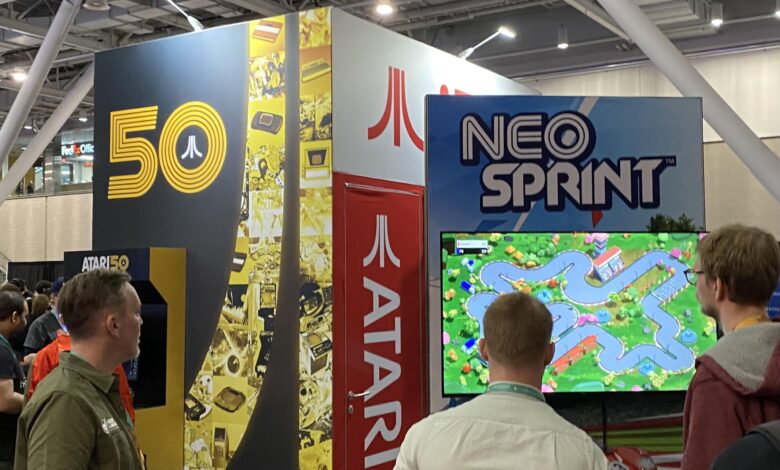

by
Evan Norris
, posted 2 hours ago / 323 Views
Last weekend at PAX East, I spent about seven hours on the floor of the Boston Convention and Exhibition Center. And while there were hundreds of things to see and experience, I found myself spending more time at the Atari booth than any other station. That was due, in part, to the many interesting games they had available to try, including one I just reviewed: Llamasoft: The Jeff Minter Story. It was also due to the team staffing the booth, and the many interesting things they had to say.
From what I’ve observed over the past few years, and from what the Atari representatives articulated last Saturday in Boston, the company is at a fascinating, pivotal point in its history. Once the king of the American arcade scene, and a major player in the home computer and console markets, Atari fell off the radar in a big way starting in the mid 1990s. Seen in the subsequent years more as the owner of classic IPs and purveyor of plug-and-play retro consoles and less as an innovator & contributor to the video game scene, the company has begun to reinvent itself over the last half decade.
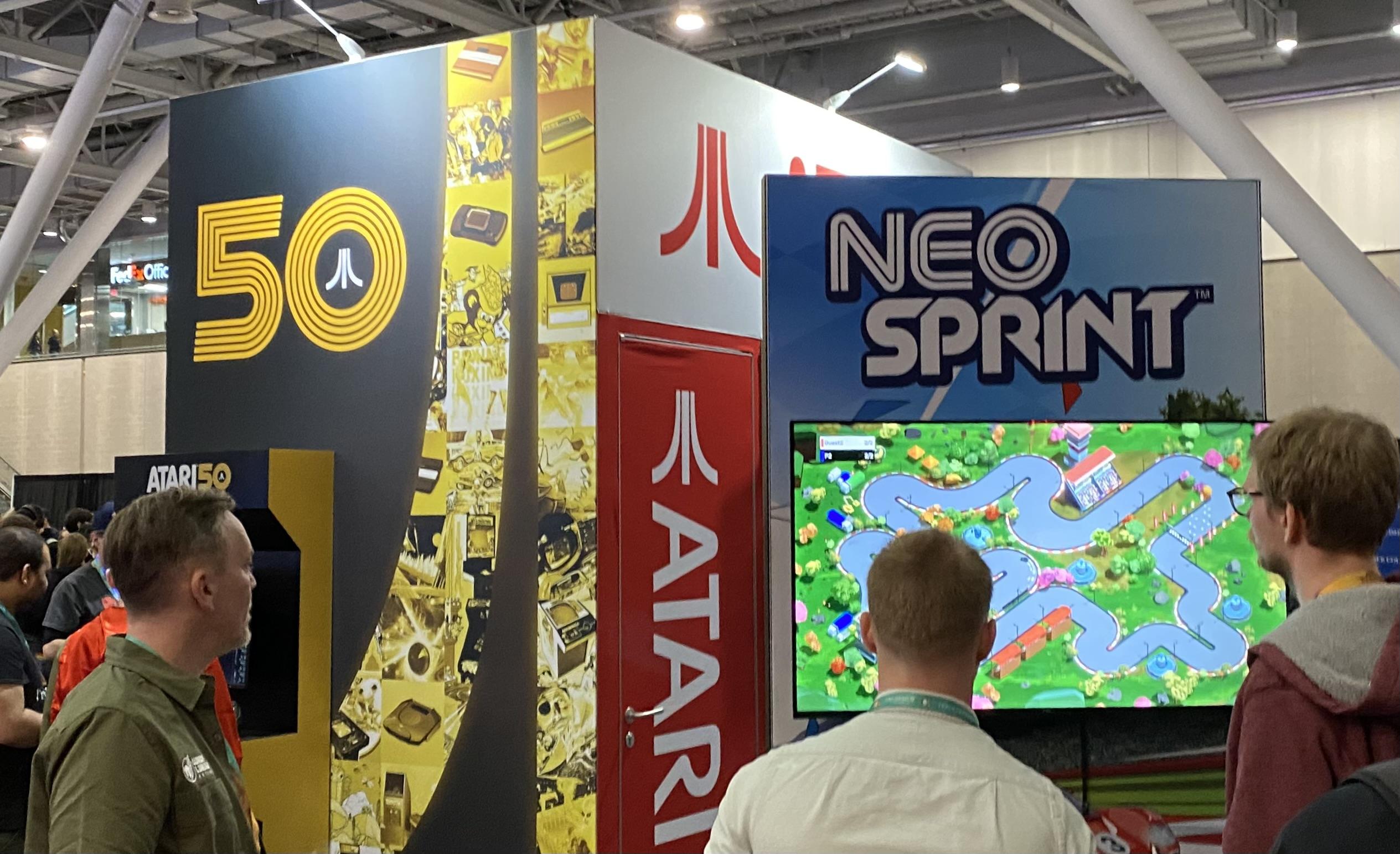
“We have a lot of ground to cover on reestablishing our relationship with the gaming community,” said Ethan Stearns, VP of Games at Atari. “I think, as a brand, people very much know who we are. And in the retro community, people love the games from the 80s and things that we made. So, what we’re doing right now is doing a lot of rebuilding of those relationships with new gamers, people who know what Atari is, but don’t really know what we’re up to.”
Based on recent releases and everything on offer at PAX East, it’s starting to come into focus exactly what Atari is up to. From my vantage point, the company has a three-pronged approach: preserving, enhancing, and celebrating the classics; making modern games with established intellectual properties; and branching out with entirely new experiences. The first category is represented by collections like Atari 50: The Anniversary Collection and the aforementioned Llamasoft: The Jeff Minter Collection, plus unreleased games like Wizardry: Proving Grounds of the Mad Overlord. The second category covers upcoming games like NeoSprint and Lunar Lander Beyond. And the final category encompasses titles like qomp2.
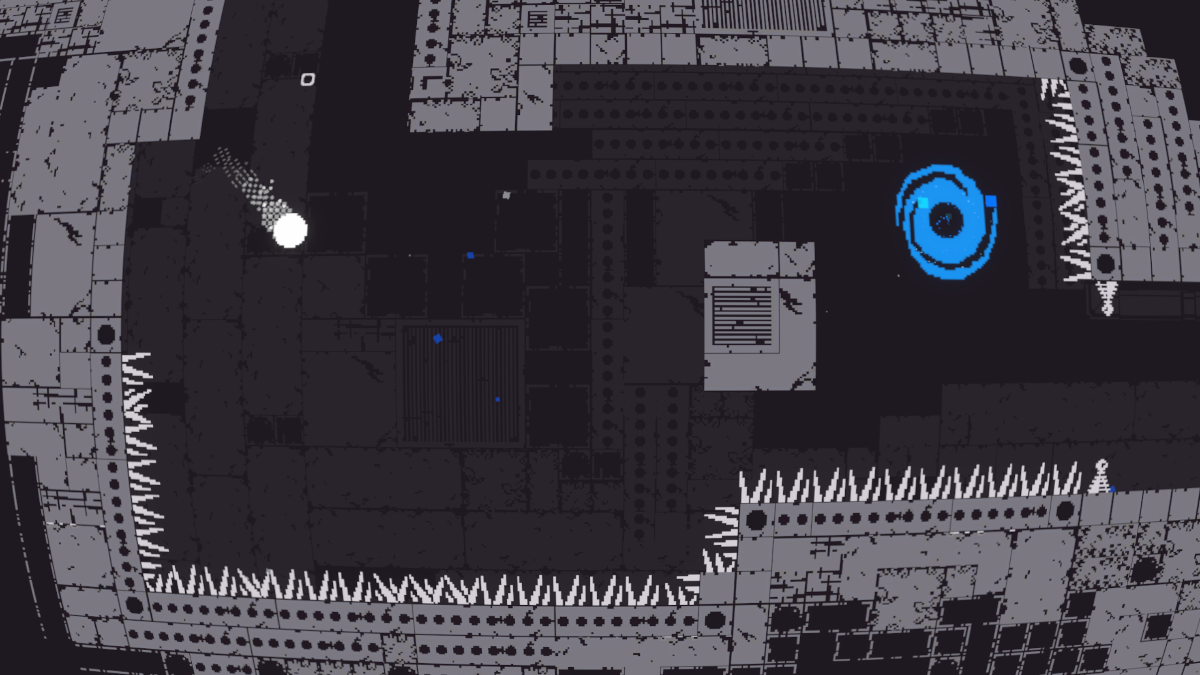
“We think it’s also important to do games like qomp2, where they’re not from our IP catalog, but they’re games that we feel represent the experience that people associate with Atari, but in a modern wrapper,” said Stearns. “So, it’s a modern game for a modern indie game marketplace.”
A puzzle-adventure game that’s a spiritual sequel to the original Pong and an actual sequel to the 2021 puzzler qomp, qomp2 turns the whole idea of the seminal Atari paddle game on its side. You don’t control the paddles, but rather the ball. “You’re on this journey to freedom, trying to navigate through three different levels, trying to get to the end of each, navigating through different hazards, puzzles, traps, things like that,” said Senior Producer Mark Perloff.
Born of an alliance between Atari and St. Louis-based development studio Graphite Lab, which also worked on Mr. Run and Jump, qomp2 speaks to another piece of the modern Atari playbook: forming strategic partnerships with complementary creators and studios. As of late, the publisher has accomplished remarkable things in conjunction with Digital Eclipse, Jeff Minter, Graphite Labs, and others. And you might soon be able to add to that list Dreams Uncorporated.
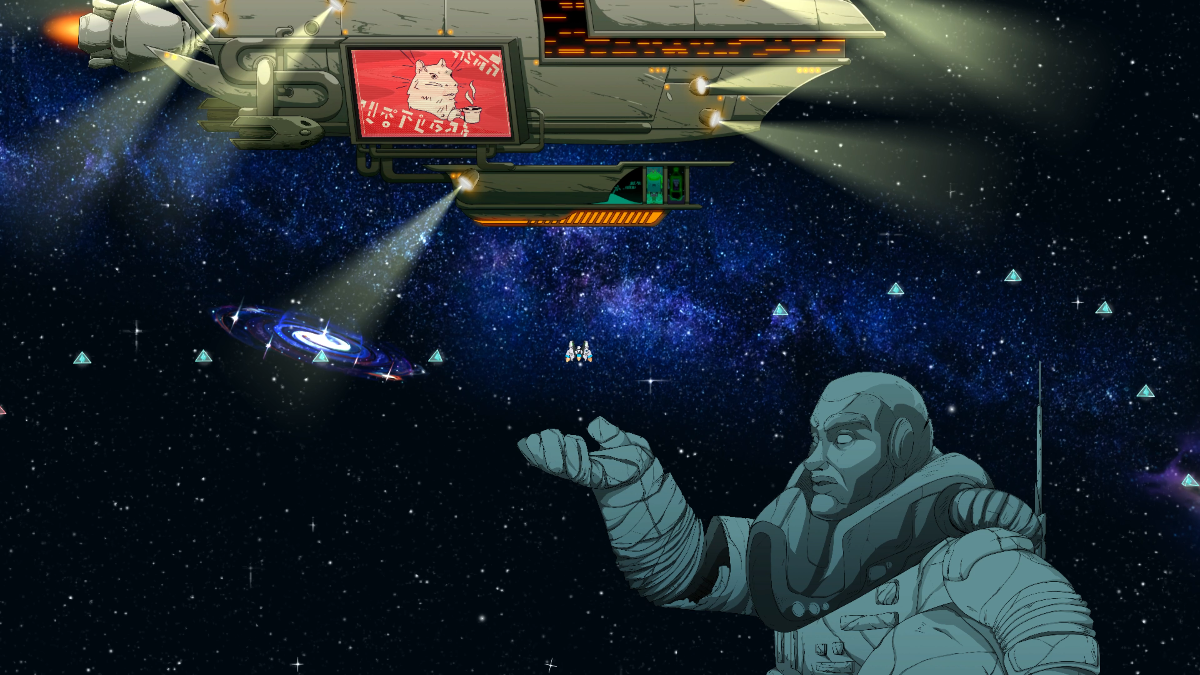
The developer of Lunar Lander Beyond, which launches next month, Dreams Uncorporated is the latest studio to put a new spin on an iconic Atari IP. “For them it was a fun challenge,” said David Lowey, Atari’s Senior Director of Sales and Marketing. “It was a game they loved, so they built this amazing game. So it’s still a gravity flyer, and yet there are characters, a story in the front, and this mystery that evolves in the back. It’s a very cool game, and it allows them to really use all of their tricks and tools.”
Having played it for a good 10 minutes, I can confirm Lunar Lander Beyond is indeed a very cool game — one that channels the spirit of the original and elevates it with new mechanics and fetching art. One of the best new features is the “stabilizer”, an emergency brake of sorts that freezes your ship in mid-air, thus removing some of the frantic difficulty of the premier Lunar Lander game. You can now pause and catch your breath. “They added the stabilizer as a means to reduce the impact of the difficulty of the game,” said Producer Jason Polansky. “They said, all right, we don’t want people to just struggle with the controls, and we’re not trying to steal your quarters.”
In addition to the stabilizer, the new game offers multiple pilots, each with unique traits that affect steering, fuel usage, experience gained, etc. There are also several different ships. The standard vehicle, the Beetle, is what you’d expect from a Lunar Lander game. The Dragonfly, conversely, is quite the oddball. You don’t use the right trigger to initiate thrust; rather you simply steer the vessel with the analog stick, and watch as it flutters like a dandelion seed.
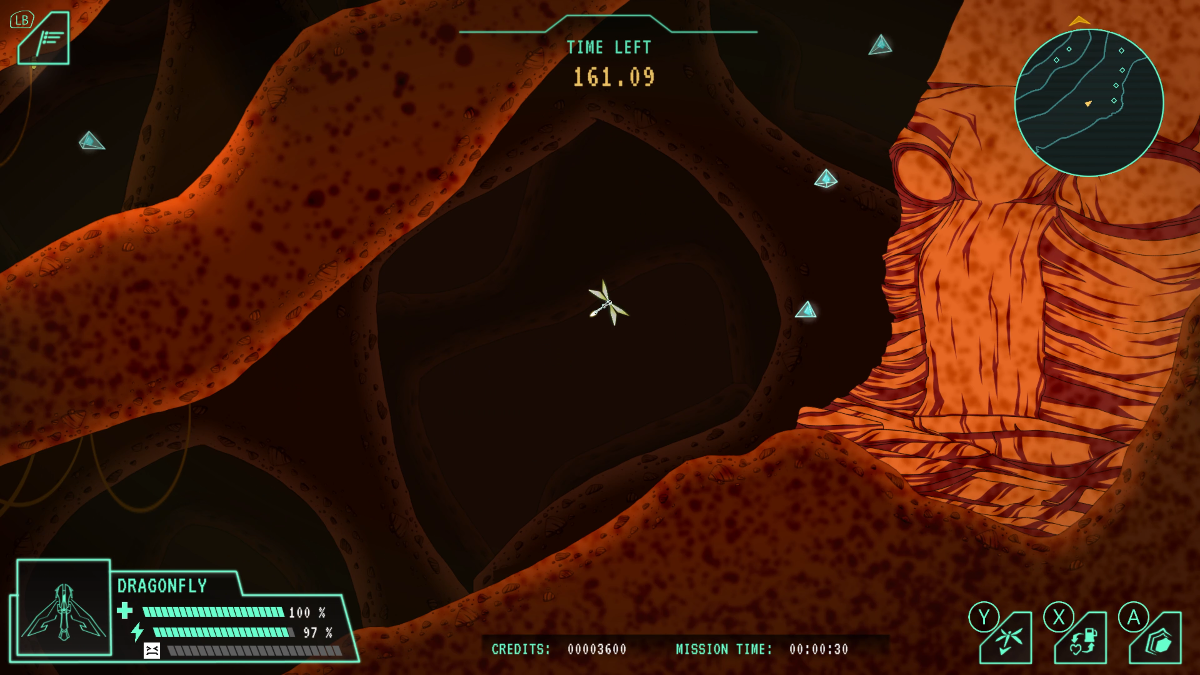
Then there’s the art direction. The game is a real stunner, thanks to hand-drawn assets that evoke a futuristic, alien sci-fi landscape. “The art – that’s what Dreams Uncorporated does best,” said Polansky. “They have phenomenal art shops, and they built the whole world out in various areas. It’s not just the moon. There’s a reason why it’s called Beyond — because it goes to various other planets and moons throughout the galaxy.”
“Beyond” is a fitting word not only for the new Lunar Lander game, but also for Atari in general. By preserving its arcade roots, repurposing classic IPs for modern audiences, and forging strategic partnerships with programmers and studios with similar design philosophies, the company is looking backward, forward, and beyond. Said Stearns, “Oftentimes I say we have parts of the company where we’re reaching back to support that community that loves and appreciates what we did in the past. We’re also trying to reach forward into the future and do things that are helping grow what Atari will continue to become.”

